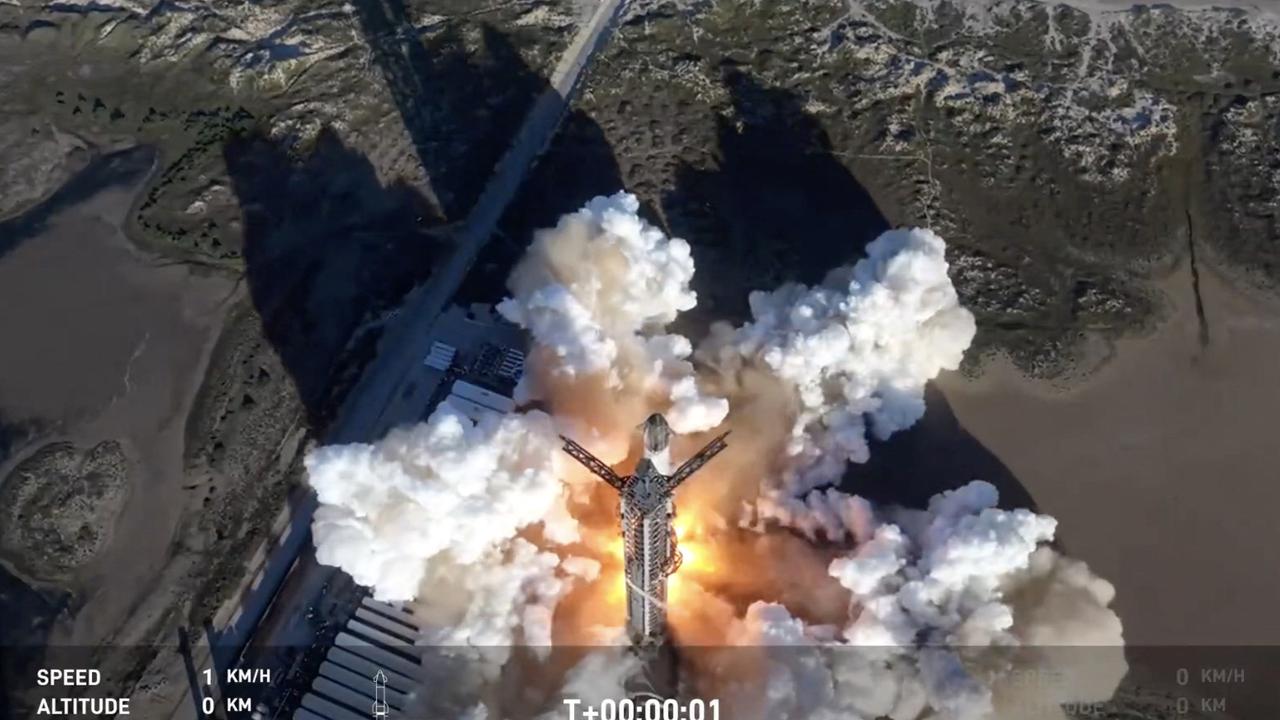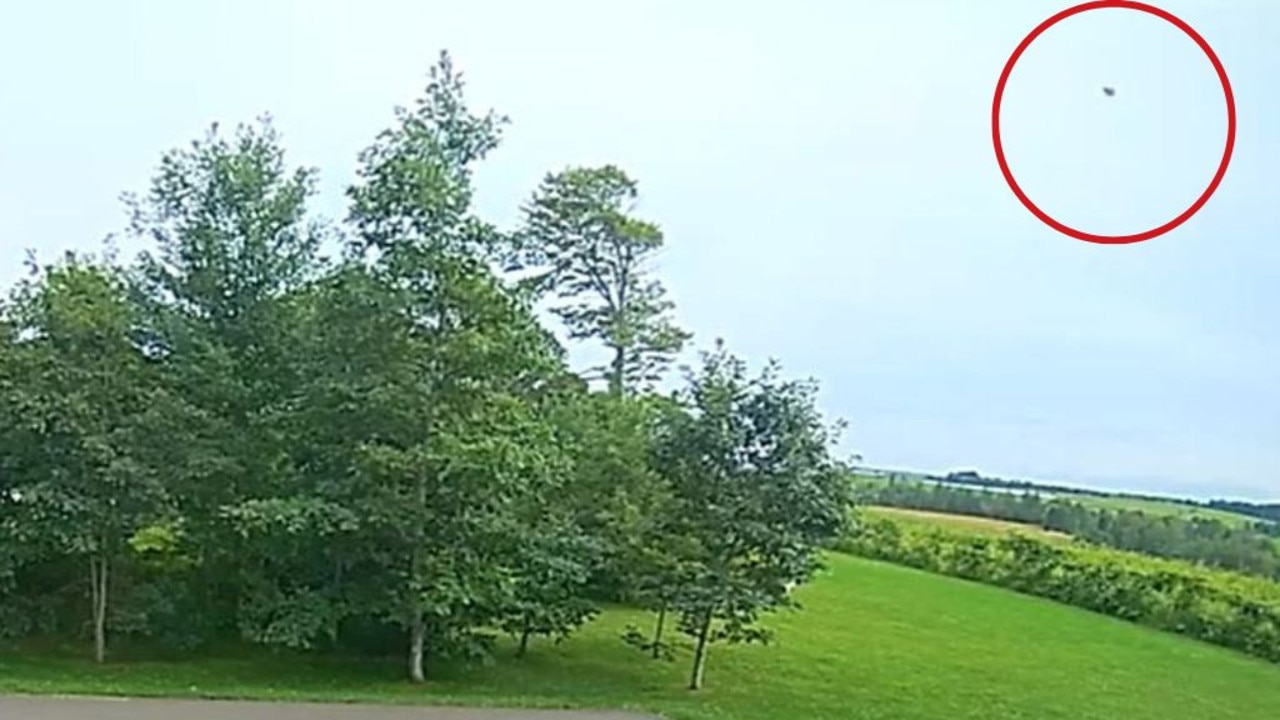Saturn’s rings ‘disappearing’ is just one of many celestial events of 2025
Guide to Australia’s night sky in 2025: A year of celestial wonders.
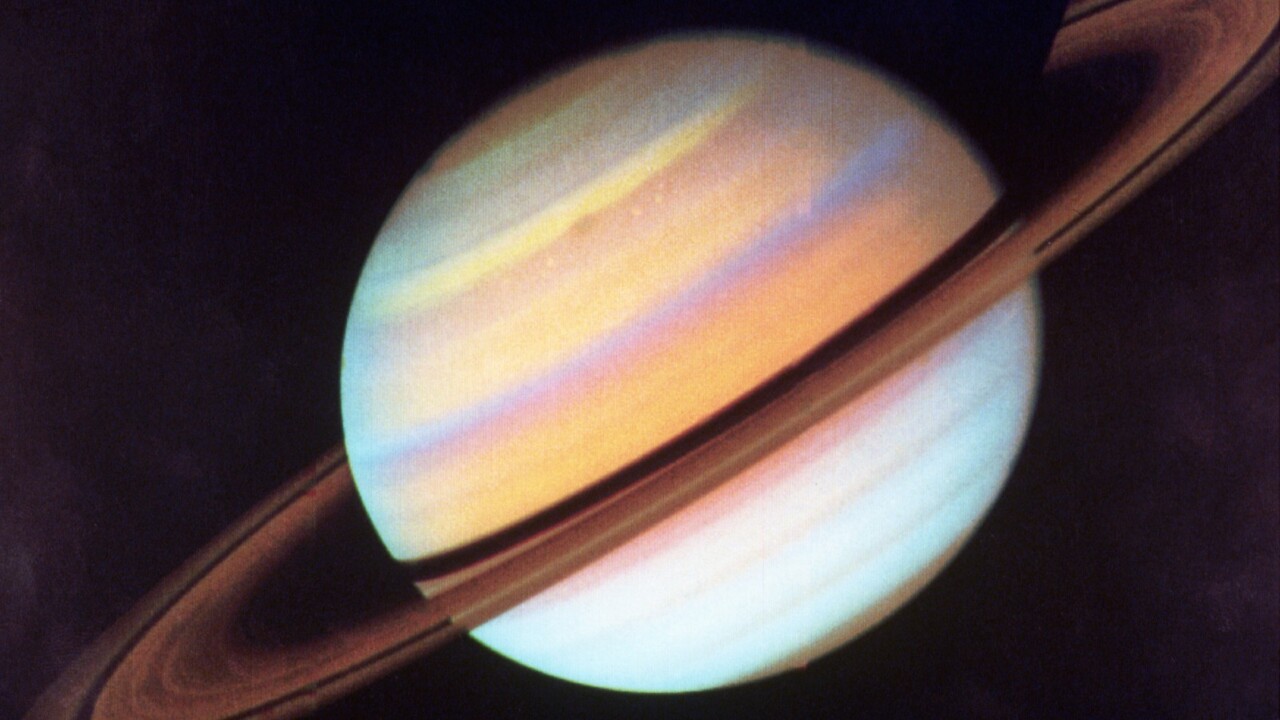
Space
Don't miss out on the headlines from Space. Followed categories will be added to My News.
Forget Netflix, the best show of 2025 is happening overhead.
Get ready for a year of jaw-dropping celestial events, starting with the ‘disappearance’ of Saturn’s rings.
Eclipses, meteor showers, and planetary gatherings promise a year of cosmic wonder for sky watchers across Australia.
While a dark country sky offers the best view, even city dwellers can witness these spectacular events.
Lunar eclipse ‘blood moon’
Mark your calendars for Monday, September 8, as the Moon takes centre stage in a total lunar eclipse.
Watch as Earth’s shadow engulfs the Moon, transforming it into a mesmerising crimson orb. This “blood moon” spectacle occurs as sunlight bends through Earth’s atmosphere, casting a reddish glow onto the lunar surface.
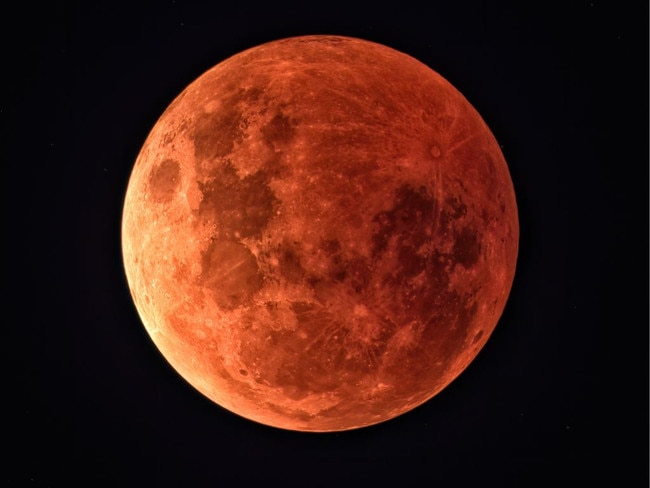
The eastern coast of Australia will have a prime view of totality from 3:30am to 4:53am AEST.
But don’t worry, other regions won’t miss out. New Zealand, South Australia, the Northern Territory, and Western Australia will all have their chance to witness this lunar marvel.
Here’s a breakdown of totality times for different regions:
New Zealand: 5:30am to moonset NZST
South Australia/Northern Territory: 3:00am to 4:23am ACST
Western Australia: 1:30am to 2:53am AWST
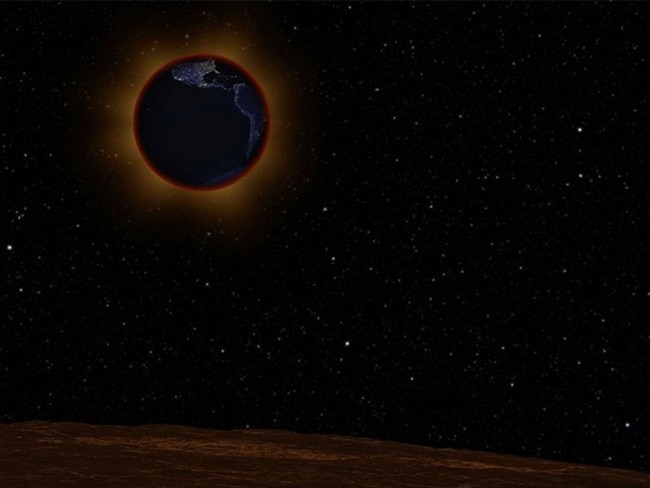
And, that’s not all.
Earlier in the year, on the evening of Friday, March 14, New Zealand will be treated to a total lunar eclipse just as the Moon rises.
Eastern Australia will also catch a glimpse of a partially eclipsed Moon after moonrise, with visibility times varying depending on location:
Sydney: 34 minutes
Brisbane: 43 minutes
Cairns: 16 minutes
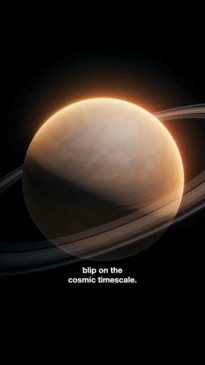
Saturn’s rings play hide-and-seek
Prepare to be amazed as Saturn’s iconic rings seemingly vanish in early 2025.
This rare phenomenon happens as Earth passes through the plane of the rings, making them appear edge-on and practically invisible.
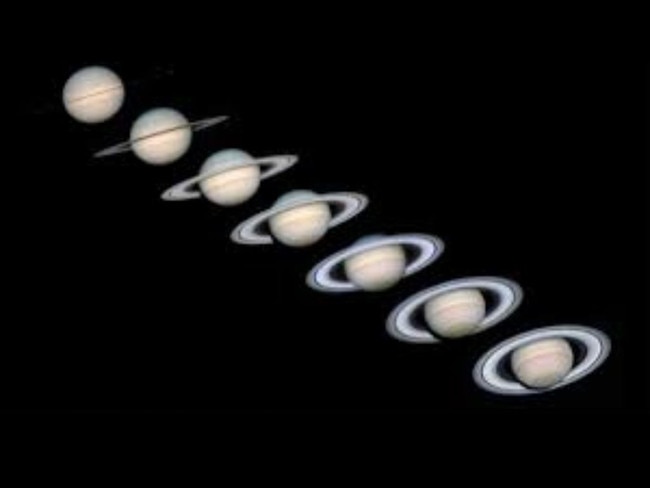
This occurs twice during Saturn’s 29-year orbit around the Sun. Unfortunately, on March 24, the date of this alignment, Saturn will be too close to the Sun to observe.
However, in the evenings until mid-February and in the mornings from late March, we’ll be able to see Saturn with quite narrow, tilted rings. A small telescope is needed to fully appreciate this event, so consider visiting a public observatory or joining an observing session with a local astronomical group.

Meteor showers light up the sky
Two major meteor showers will grace our skies in 2025: the Eta Aquariids and the Geminids. The Eta Aquariids peak on the morning of Wednesday, May 7, while the Geminids put on their dazzling display on the mornings of Sunday, December 14, and Monday, December 15.
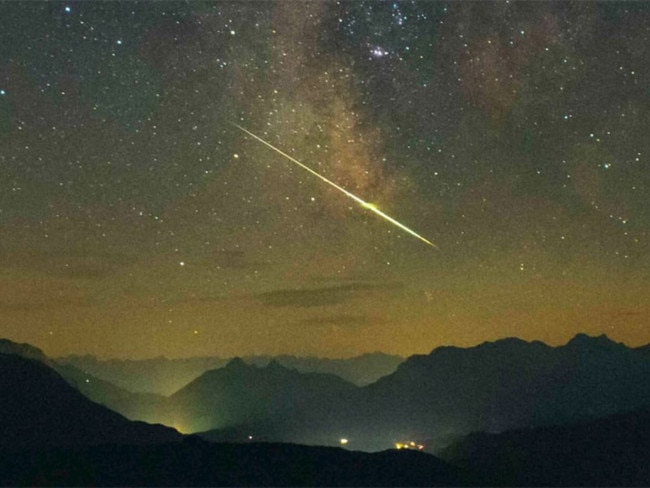
With no bright Moon to interfere, viewing conditions are ideal. Find a dark spot, look towards the northeast for the Eta Aquariids and north for the Geminids, and prepare for a celestial fireworks show.
Planetary encounters
Throughout the year, keep an eye out for close encounters between the planets.
These include:
18-19 January: Venus and Saturn cosy up in the evening sky.
1-15 April: Mercury, Venus, and Saturn form a captivating trio near sunrise.
12-13 August: Venus and Jupiter, the two brightest planets, come within a hair’s breadth of each other in the morning sky.
Constellation spotting
As the seasons change, so do the constellations gracing our night sky.
In 2025, pay special attention to the Southern Cross and Sagittarius.
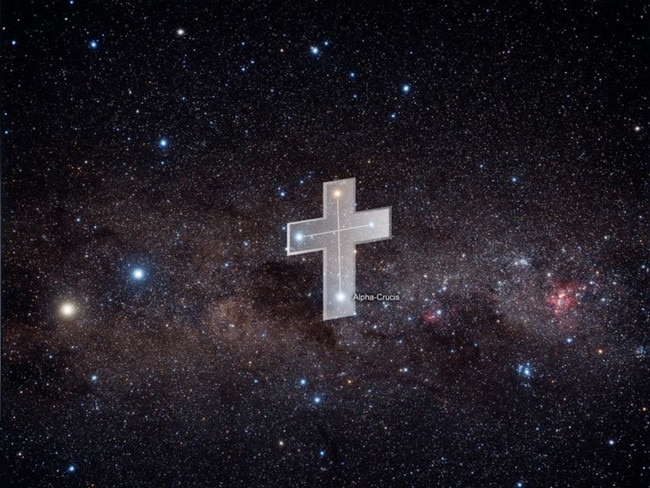
The Southern Cross, a beacon of the southern hemisphere, is easily recognisable by its distinctive cross shape.
Two pointer stars from the constellation Centaurus help guide your way. From Sydney and further south, the Southern Cross is always above the horizon, but it’s best viewed around June when it’s high in the southern sky.
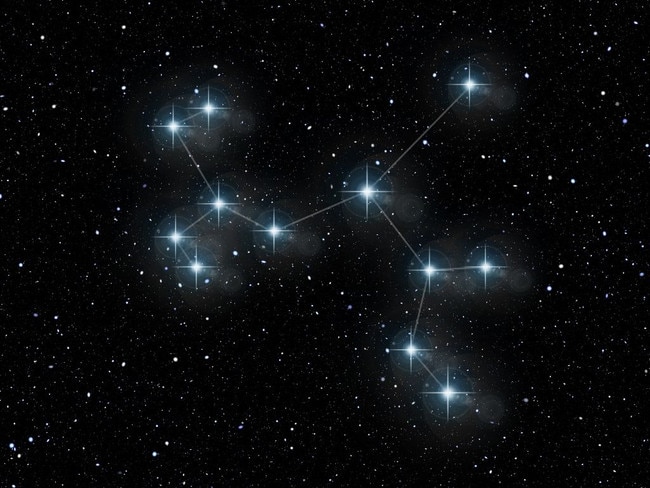
Sagittarius, often depicted as a teapot, lies next to Scorpius.
This constellation holds a special significance for Australian astronomers, as it contains the centre of our Milky Way galaxy.
It’s best placed for observation in August when it’s directly overhead.
Originally published as Saturn’s rings ‘disappearing’ is just one of many celestial events of 2025



